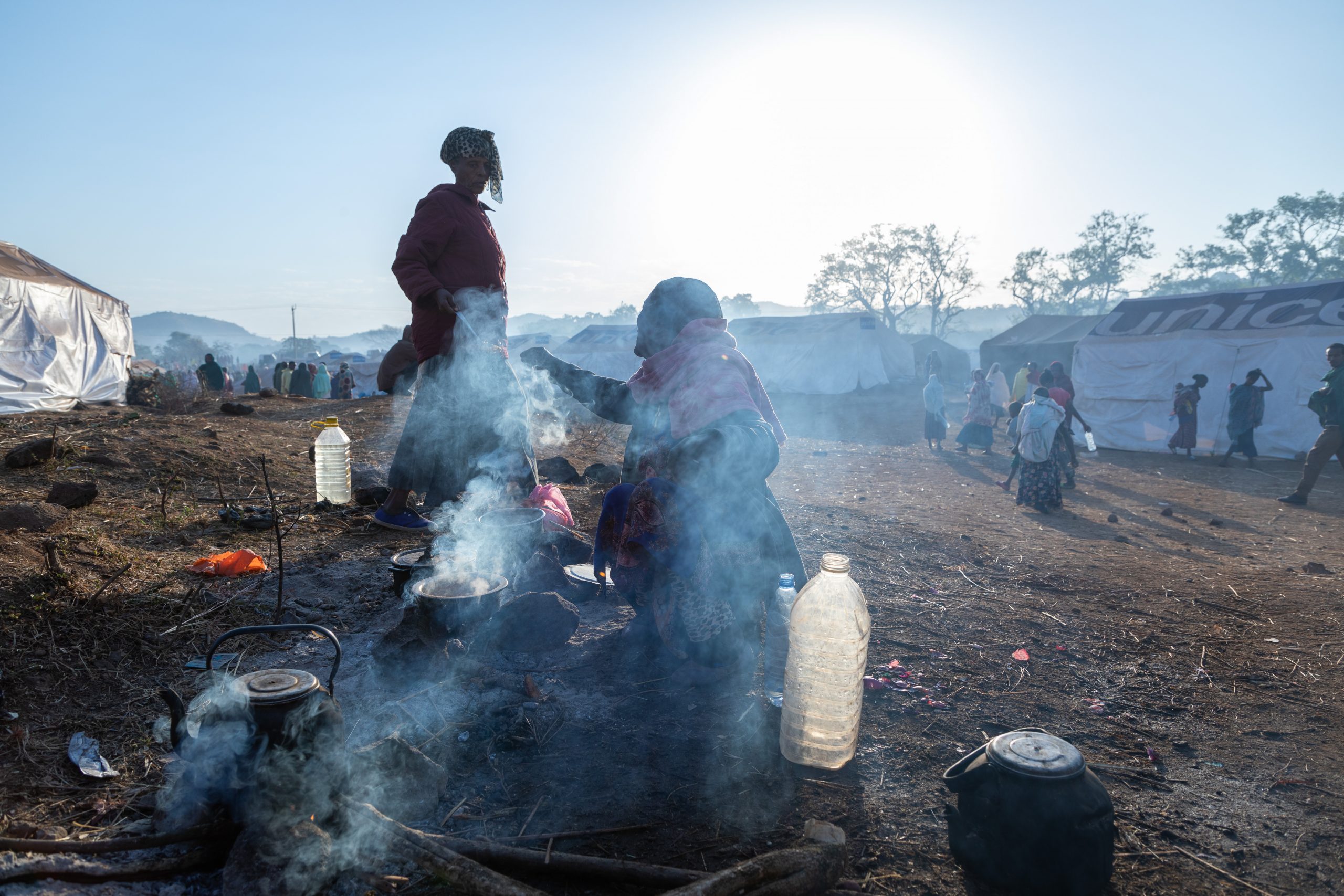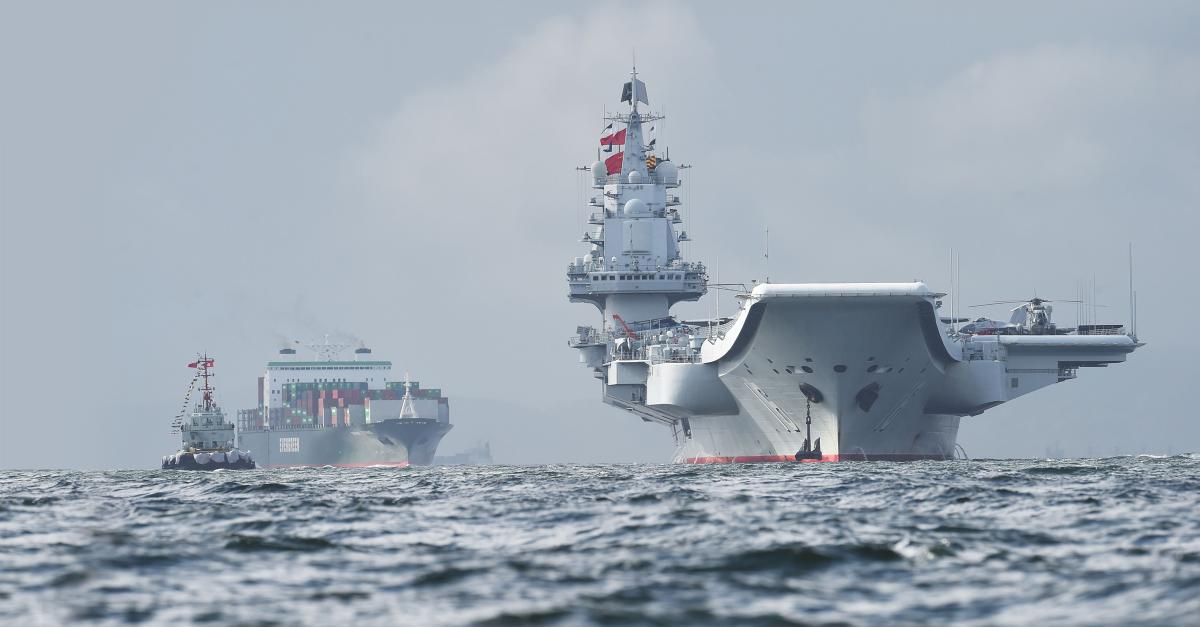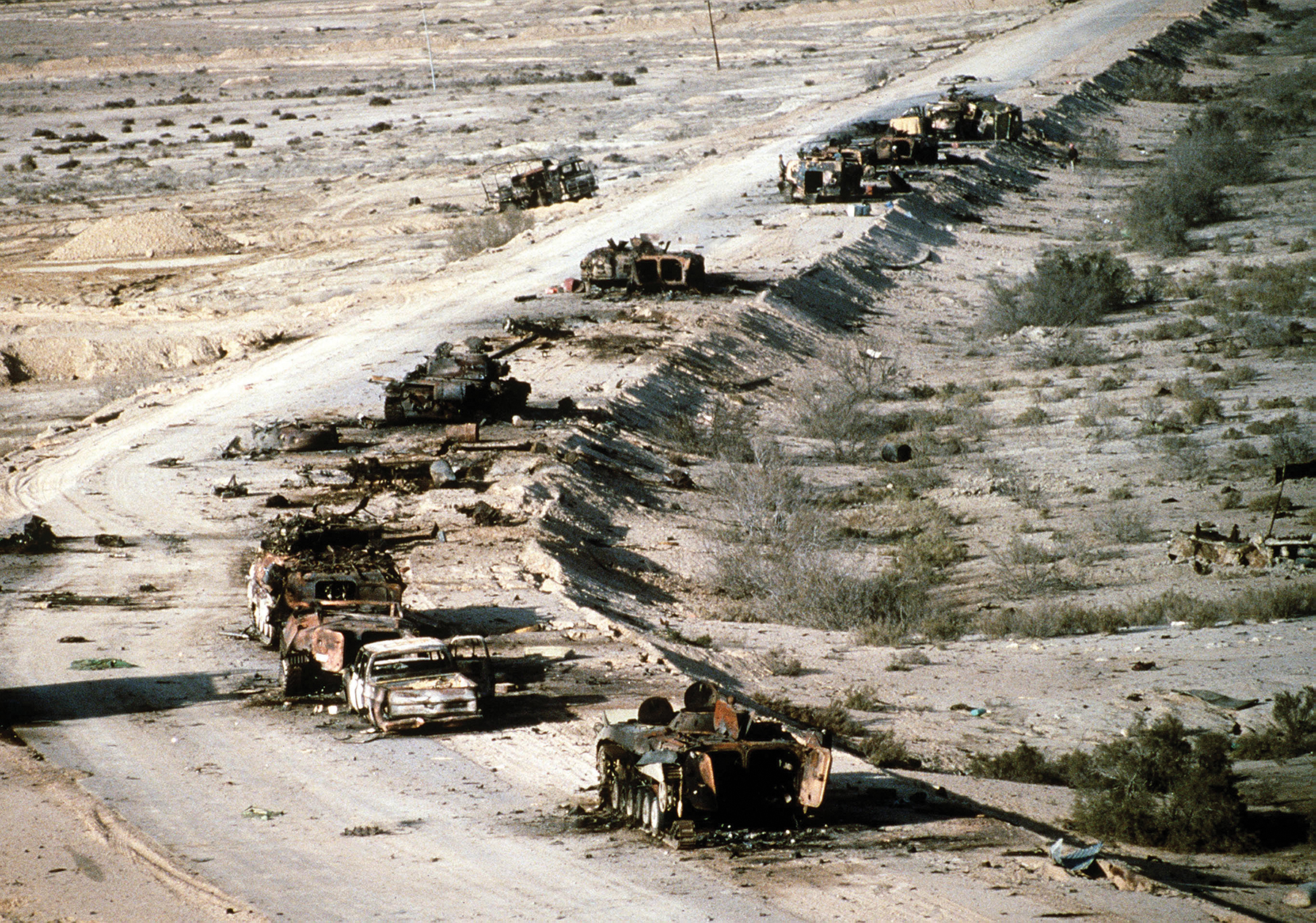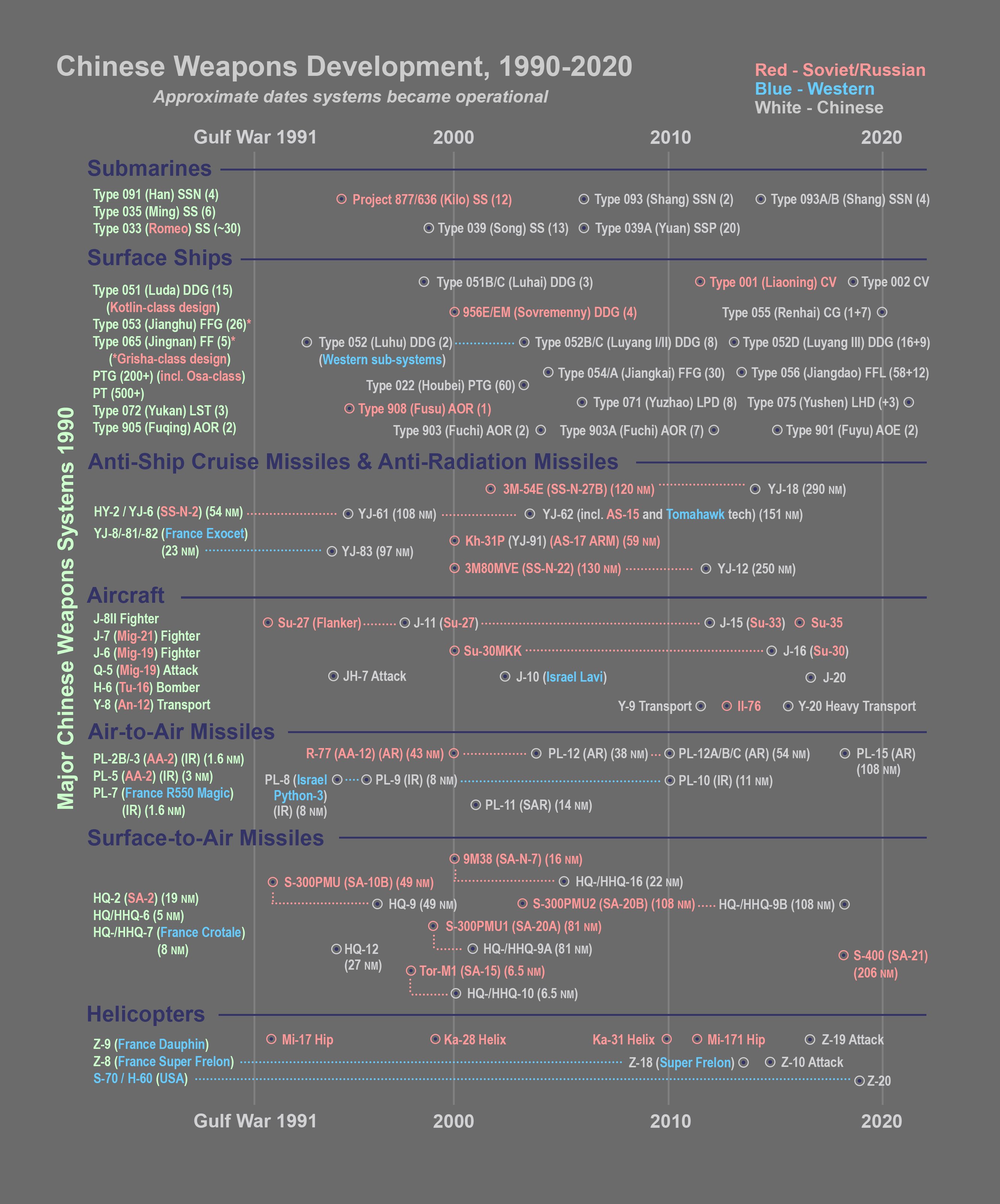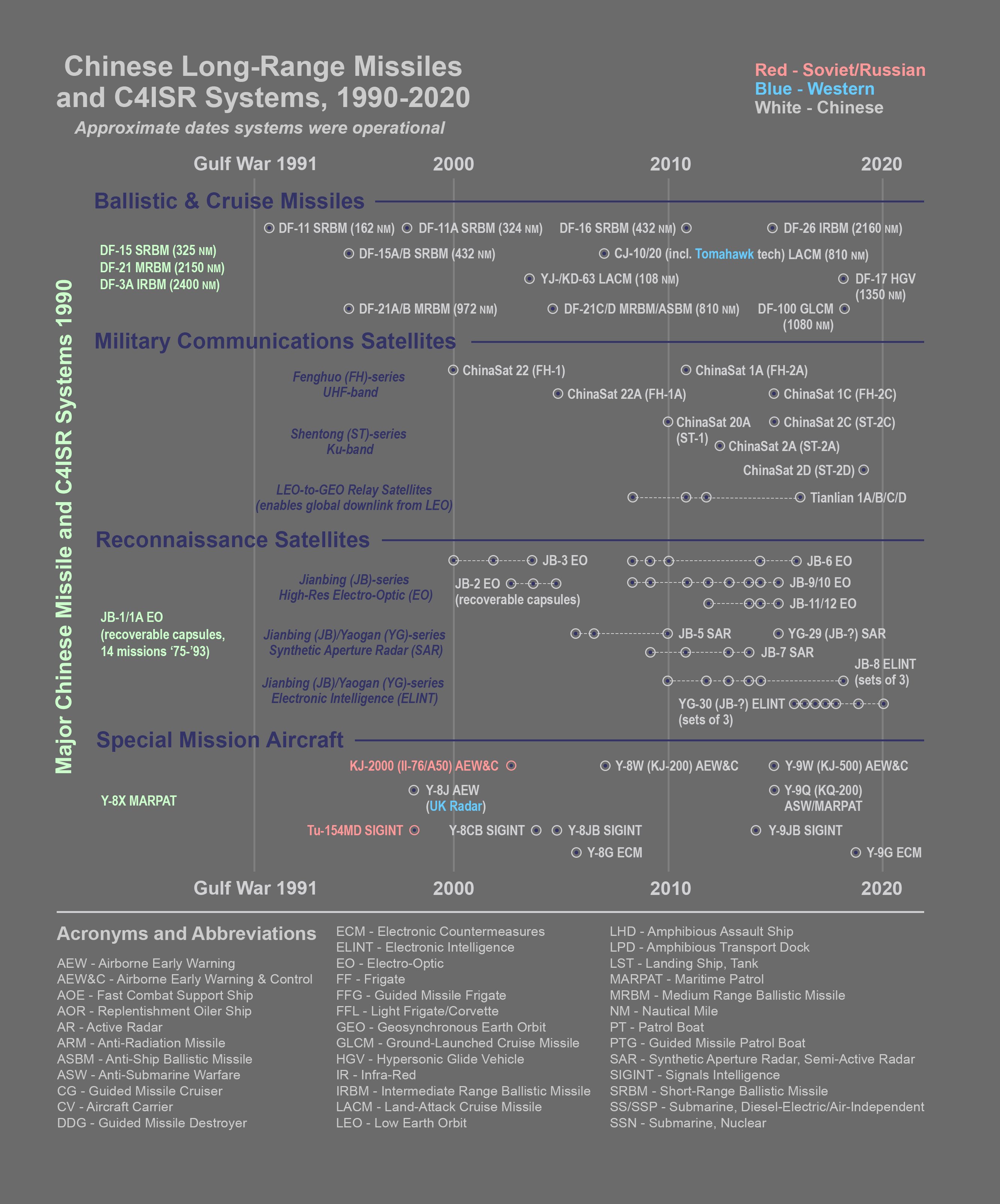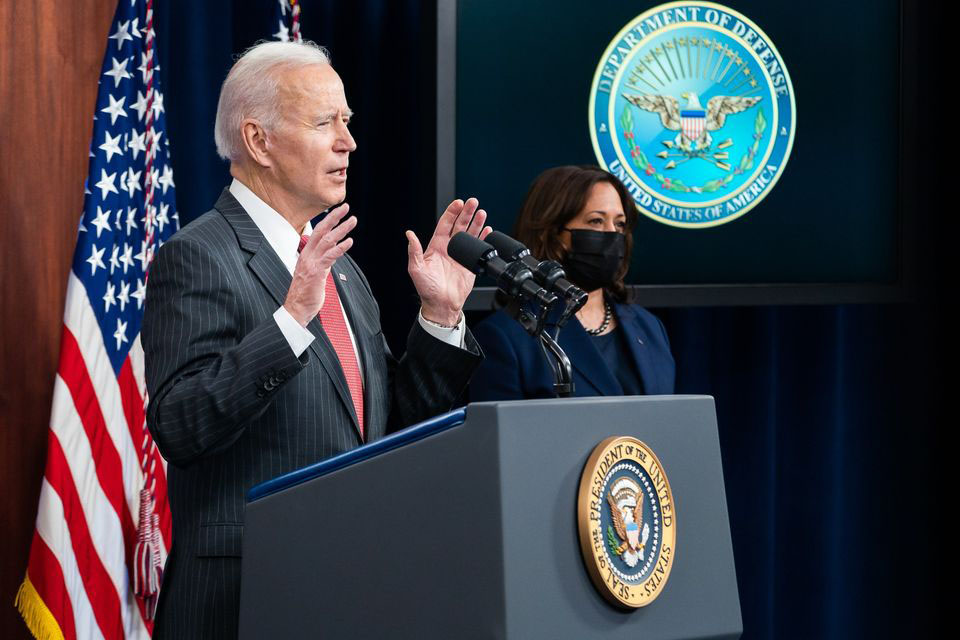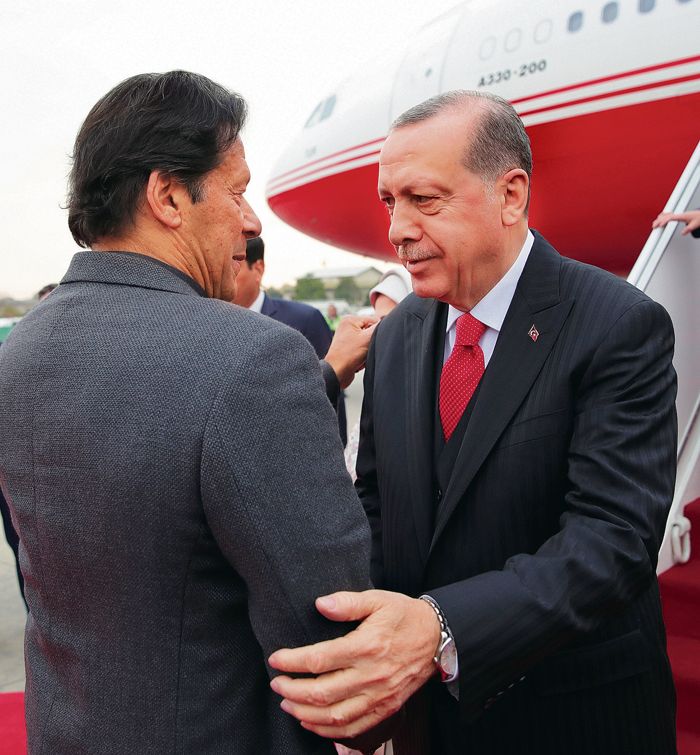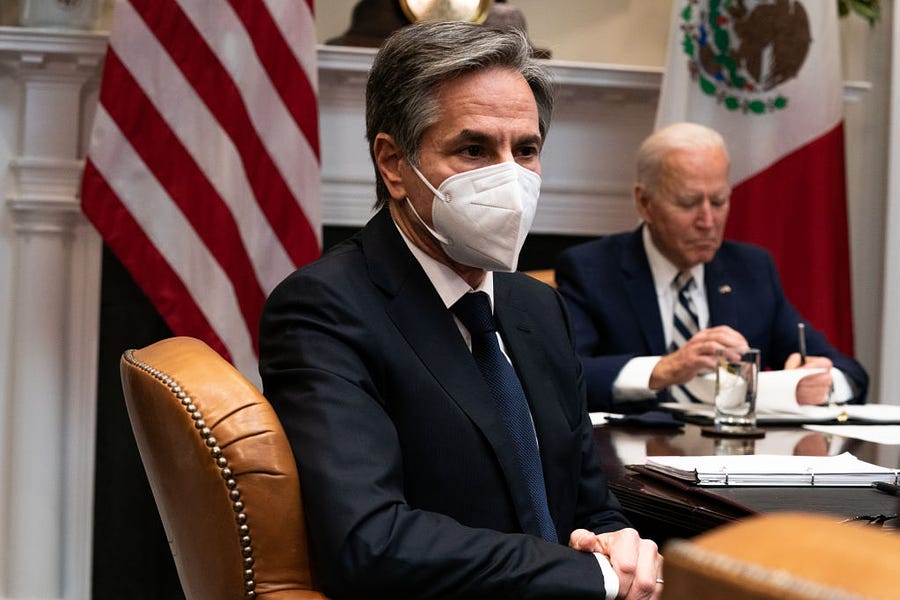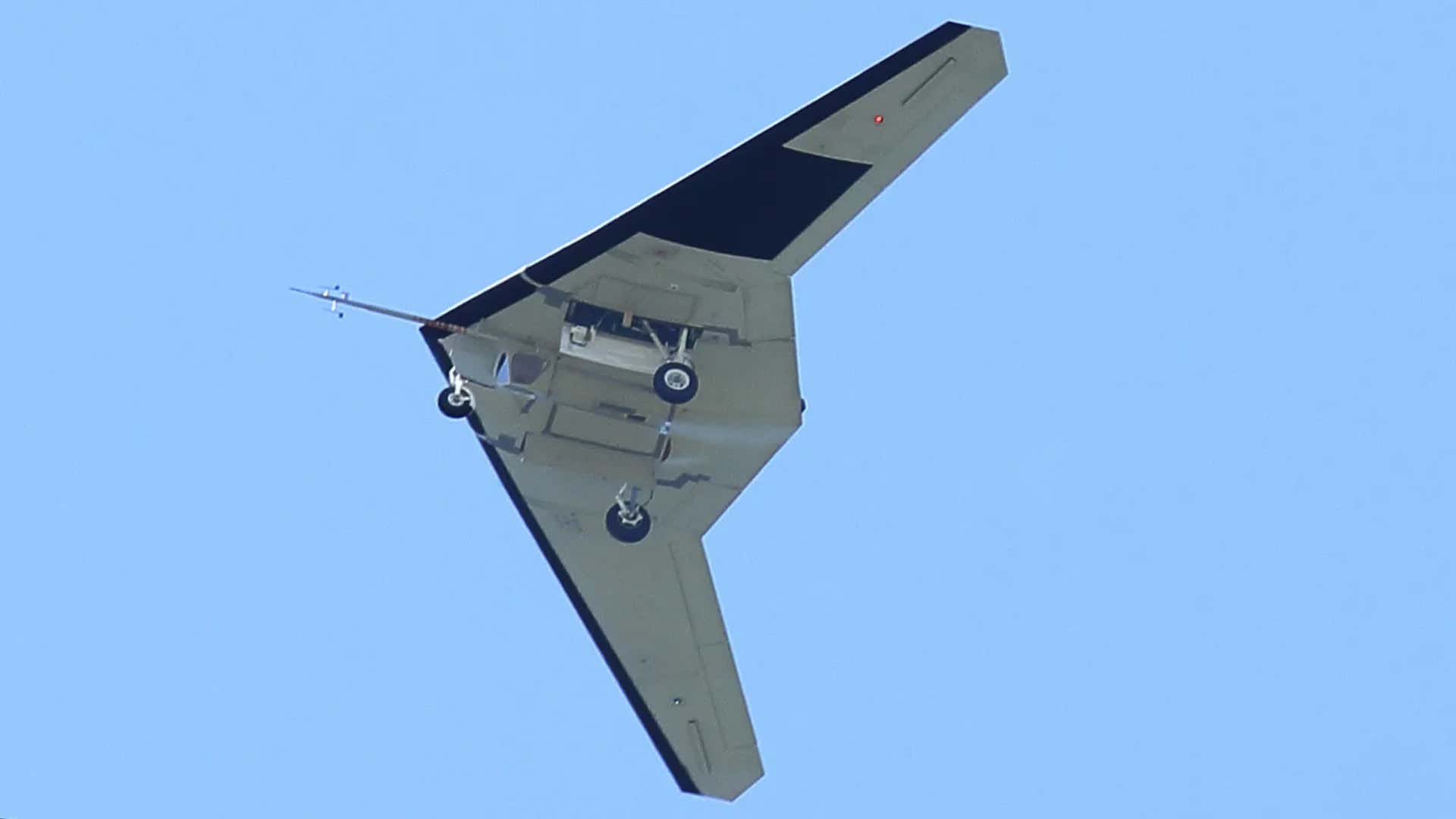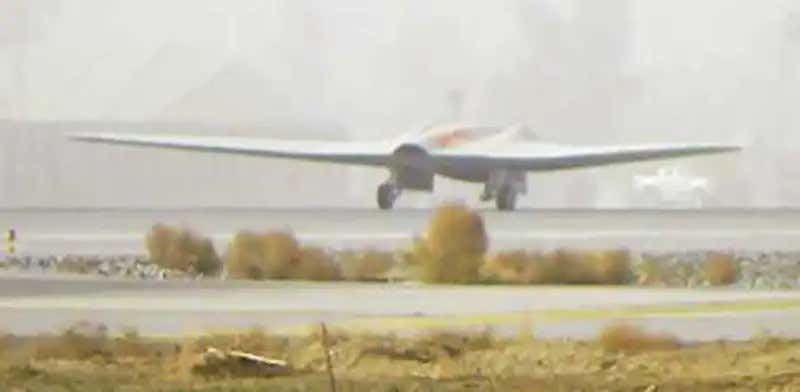(459) 02-13-2021-to-02-19-2021___****THE****WINDS****of****WAR****
WAR - 02-13-2021-to-02-19-2021___****THE****WINDS****of****WAR****
(460) 02-20-2021-to-02-26-2021___****THE****WINDS****of****WAR****
WAR - 02-20-2021-to-02-26-2021___****THE****WINDS****of****WAR****
(461) 02-27-2021-to-03-05-2021___****THE****WINDS****of****WAR****
 www.timebomb2000.com
www.timebomb2000.com
_________________________________________________
Hummm......
Posted for fair use.....
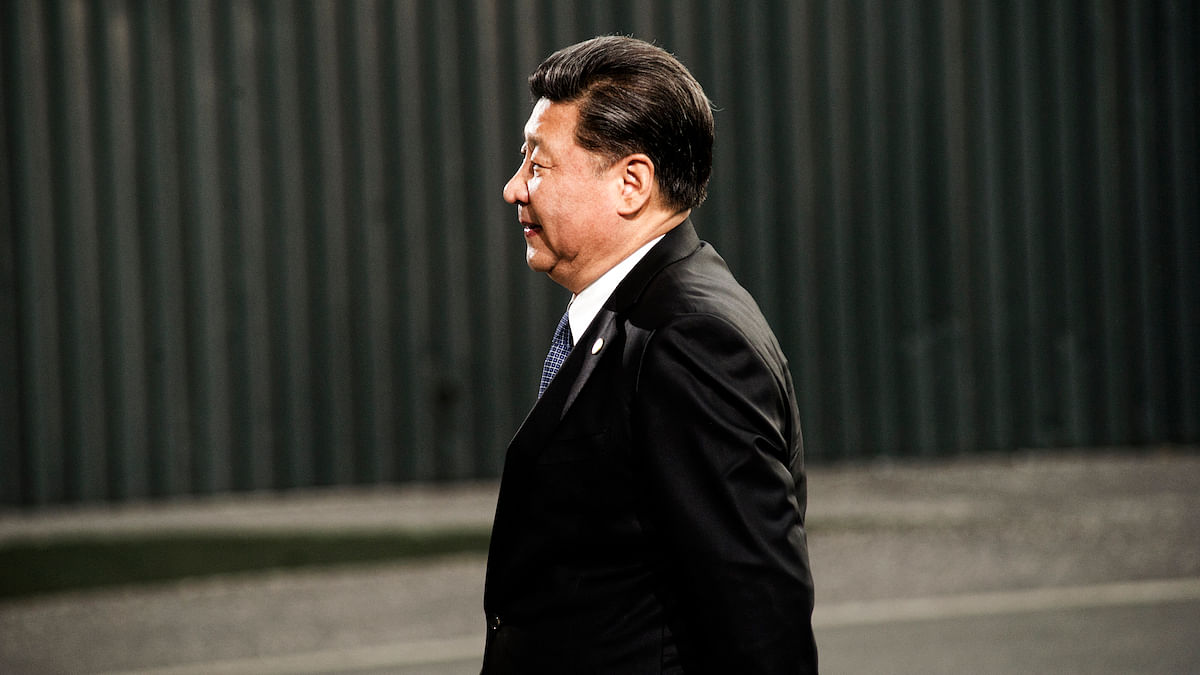
 theprint.in
theprint.in
Chinese spies in Afghanistan tells a lot about Beijing’s counterterrorism approach
A car bomb attack in October 2013 at Tiananmen Square arguably laid the groundwork for Beijing’s decision to ethnically re-engineer the Xinjiang province.
Kabir Taneja 5 March, 2021 10:33 am IST
The recent detention of alleged Chinese spies in Afghanistan, who were reportedly in contact with the Taliban-aligned Haqqani Network, gave a rare glimpse of Beijing’s counterterror operations and policies. Afghanistan’s Wakhan Corridor in the country’s far north Badakhshan Province — a narrow strip of land that meets around Tajikistan, Pakistan, and China — has long been Beijing’s area of interest with regard to its attempts to control the Uyghur population and the insurgencies that emit from it. For this, China has previously reported thinking of setting up a military base in Afghanistan, already having a base just 12 kilometres from Wakhan in Tajikistan and a strong outreach to the Taliban, both officially and unofficially.
China has a problem with its approach to countering terrorism, and much of that begins with the fact that it has very rarely defined the kinds of threats, violence, and effects posed by non-state actors to Chinese society and politics. With the absence of clarity in Chinese threat perceptions on terrorism, and next to no opportunities for independent corroboration of the same, Beijing’s counterterrorism thinking largely remains elusive.
However, this does not mean China has not been concerned about terrorism, or that it has not acted upon protecting itself and its interests. With China’s exponential rise, and an economic and political reach now countering that of the US, as showcased today by its mammoth Belt and Road Initiative (BRI) project, Beijing’s views on terrorism are not going to be restricted to its geography, and have increasingly become expansive in order to protect its own interests, both nationally and internationally.
Also read: Better US-India ties is bad news for Pakistan. Expect lip service on Kashmir, no aid
China started to move aggressively against the Uyghurs and related groups beyond its borders around 2014, with a mass knifing attack in Kunming in March, followed by a car bomb attack in Urumqi two months later in May, killing dozens. A car bomb attack in October 2013 at Tiananmen Square in Beijing, claimed as a “jihadist operation” by the Turkestan Islamic Party (also known as the East Turkestan Islamic Party or the ETIM — amongst other names) arguably laid the groundwork for Beijing’s decision to ethnically re-engineer the Xinjiang province, called by some scholars such as Amy H. Liu and Kevin Peters as the “Hanification” of Xinjiang. This was despite, publicly, China refusing to accept ETIM’s claim, saying while the blast was a deliberate act, it had nothing to do with terrorism.
Some examples of the above have been visible on how Beijing has approached the issue of Uyghur Muslims. In its restive province of Xinjiang, China has developed “re-education camps” where Uyghurs are held and are educated as per the Communist party’s diktats in attempts to move them away from practising Islam. As part of this, many mosques and religious infrastructure in Xinjiang have been destroyed by Beijing. To expand its internationally denounced policies against Uyghurs, China has even targeted the ethnic group beyond its borders.
However, the plight of the Uyghurs has found next to no commonality for China with the international community, placing it on an isolated path as Western states such as Canada and The Netherlands move to label Beijing’s treatment of the Uyghurs as a genocide. In November 2020, the then US President Donald Trump delisted the ETIM from the US terrorism designation list, a move hailed by Uyghur organisations. Beijing criticised the move as “double standards” in how Washington looked at international terrorism. This was despite the fact that in 2018 the US air strikes targeted Uyghur militants as part of its offensive against the Taliban.
China has identified its fight against the Uyghurs as its main terrorism challenge, and it has deployed instruments and state capacity to deal with the same beyond its geography as well. The ETIM is not a new organisation and was placed on the UN terror list back in 2002 for having ties with the likes of Al-Qaeda. More recently, in 2017, ETIM fighters were seen aligning themselves with the so-called Islamic State (ISIS or Daesh in Arabic), with the group highlighting the deaths of hundreds of Uyghurs in Xinjiang over the past years as a major part of its propaganda.
Beijing’s outreach against the ETIM has been largely clandestine and has often traversed into geopolitical spaces with the few countries China can genuinely call as a partner. In 2013, the Turkestan Islamic Party (TIP) released a video showing young children training with weapons at a camp purported to be inside China’s close ally Pakistan and spreading beyond into Afghanistan as well. However, China has not concentrated on the ETIM only based on the group’s activities against Xinjiang but has highlighted its terror activities, both in Central Asia and South Asia as well, in an attempt to mobilise a broader consensus. Nonetheless, clarity on ETIM’s hierarchies and structures remain largely elusive, and the group and its factions are known to change names and avatars frequently.
Also read: If China-Pakistan came to peace table, BJP’s failed national security strategy helped too
However, the ETIM’s closeness to transnational jihadist groups such as Al-Qaeda and ISIS should ideally be a point of convergence between multiple stakeholders, including China. Despite the understood points of contact between Al-Qaeda and ETIM, it is interesting to note that Al-Qaeda itself has never vehemently orchestrated an ideological push against China’s treatment of Uyghur Muslims. This aligns with the fact that much of the Islamic world, including Saudi Arabia (home to the two holy mosques) has in fact defended Beijing’s moves in Xinjiang. While there is no outright correlation between these two points, a general lack of push against China’s treatment of Uyghurs from the Islamic world has been witnessed.
It is also interesting to note here that Islamist groups have often pitted the US against China. Researcher Elliot Stewart, for example, has highlighted that ISIS, after promoting videos of Uyghurs amidst its ranks in 2014 for reach and propaganda value with the then ISIS leader Abu Bakr al-Baghdadi naming “East Turkestan (Xinjiang)” as a region where rights of Muslims were being forcefully seized, has today stopped mentioning China and Xinjiang. Stewart has attributed this as a strategic play by ISIS, with the jihadist group recognising China as “the greatest enemy of its (ISIS) greatest enemy,” i.e., the US. This, arguably, also opens a chance for Beijing to reach out to ISIS, much like it has done with the Taliban, to refuse Uyghurs both sanctuary and rank within its insurgency and keep Xinjiang out of their aims, narratives, and propaganda. The legitimacy the Taliban has received over the past two years in Afghanistan via a cocktail of military victories and a tired American military and political presence in the country will be aspirational to other jihadist groups as well. And these aspirations will be ripe to be co-opted by other geopolitical actors who seek space and influence in these theatres.
The change of guard in Washington DC, with President Joe Biden taking the helm, is expected to not see much of a difference in some of the harsher China policies that had taken shape under the Trump administration. The new chief-in-waiting of the CIA, William Burns, has said that pushing back on a “formidable authoritarian adversary” in China would be the central focus of his stint as the new top spook. Despite having common adversaries in the likes of Al-Qaeda and ISIS, Beijing’s counterterrorism policy will largely remain isolated from the rest of the world for the foreseeable future as the US now leads an increasing convergence against China in the Indo-Pacific to create a new security order.
Kabir Taneja @kabirTaneja is a Fellow with ORF’s Strategic Studies programme. His research focuses on India’s relations with West Asia, specifically looking at the domestic political dynamics, terrorism, non-state militant actors and the general security paradigm of the region. Views are personal.
The article first appeared on the Observer Research Foundation website.
WAR - 02-13-2021-to-02-19-2021___****THE****WINDS****of****WAR****
(460) 02-20-2021-to-02-26-2021___****THE****WINDS****of****WAR****
WAR - 02-20-2021-to-02-26-2021___****THE****WINDS****of****WAR****
(461) 02-27-2021-to-03-05-2021___****THE****WINDS****of****WAR****
WAR - 02-27-2021-to-03-05-2021___****THE****WINDS****of****WAR****
(458) 02-06-2021-to-02-12-2021___****THE****WINDS****of****WAR**** WAR - 02-06-2021-to-02-12-2021___****THE****WINDS****of****WAR**** (459)...
_________________________________________________
Hummm......
Posted for fair use.....

Chinese spies in Afghanistan tells a lot about Beijing’s counterterrorism approach
A car bomb attack in October 2013 at Tiananmen Square arguably laid the groundwork for Beijing’s decision to ethnically re-engineer the Xinjiang province.
 theprint.in
theprint.in
Chinese spies in Afghanistan tells a lot about Beijing’s counterterrorism approach
A car bomb attack in October 2013 at Tiananmen Square arguably laid the groundwork for Beijing’s decision to ethnically re-engineer the Xinjiang province.
Kabir Taneja 5 March, 2021 10:33 am IST
The recent detention of alleged Chinese spies in Afghanistan, who were reportedly in contact with the Taliban-aligned Haqqani Network, gave a rare glimpse of Beijing’s counterterror operations and policies. Afghanistan’s Wakhan Corridor in the country’s far north Badakhshan Province — a narrow strip of land that meets around Tajikistan, Pakistan, and China — has long been Beijing’s area of interest with regard to its attempts to control the Uyghur population and the insurgencies that emit from it. For this, China has previously reported thinking of setting up a military base in Afghanistan, already having a base just 12 kilometres from Wakhan in Tajikistan and a strong outreach to the Taliban, both officially and unofficially.
China has a problem with its approach to countering terrorism, and much of that begins with the fact that it has very rarely defined the kinds of threats, violence, and effects posed by non-state actors to Chinese society and politics. With the absence of clarity in Chinese threat perceptions on terrorism, and next to no opportunities for independent corroboration of the same, Beijing’s counterterrorism thinking largely remains elusive.
However, this does not mean China has not been concerned about terrorism, or that it has not acted upon protecting itself and its interests. With China’s exponential rise, and an economic and political reach now countering that of the US, as showcased today by its mammoth Belt and Road Initiative (BRI) project, Beijing’s views on terrorism are not going to be restricted to its geography, and have increasingly become expansive in order to protect its own interests, both nationally and internationally.
Also read: Better US-India ties is bad news for Pakistan. Expect lip service on Kashmir, no aid
China started to move aggressively against the Uyghurs and related groups beyond its borders around 2014, with a mass knifing attack in Kunming in March, followed by a car bomb attack in Urumqi two months later in May, killing dozens. A car bomb attack in October 2013 at Tiananmen Square in Beijing, claimed as a “jihadist operation” by the Turkestan Islamic Party (also known as the East Turkestan Islamic Party or the ETIM — amongst other names) arguably laid the groundwork for Beijing’s decision to ethnically re-engineer the Xinjiang province, called by some scholars such as Amy H. Liu and Kevin Peters as the “Hanification” of Xinjiang. This was despite, publicly, China refusing to accept ETIM’s claim, saying while the blast was a deliberate act, it had nothing to do with terrorism.
Some examples of the above have been visible on how Beijing has approached the issue of Uyghur Muslims. In its restive province of Xinjiang, China has developed “re-education camps” where Uyghurs are held and are educated as per the Communist party’s diktats in attempts to move them away from practising Islam. As part of this, many mosques and religious infrastructure in Xinjiang have been destroyed by Beijing. To expand its internationally denounced policies against Uyghurs, China has even targeted the ethnic group beyond its borders.
However, the plight of the Uyghurs has found next to no commonality for China with the international community, placing it on an isolated path as Western states such as Canada and The Netherlands move to label Beijing’s treatment of the Uyghurs as a genocide. In November 2020, the then US President Donald Trump delisted the ETIM from the US terrorism designation list, a move hailed by Uyghur organisations. Beijing criticised the move as “double standards” in how Washington looked at international terrorism. This was despite the fact that in 2018 the US air strikes targeted Uyghur militants as part of its offensive against the Taliban.
China has identified its fight against the Uyghurs as its main terrorism challenge, and it has deployed instruments and state capacity to deal with the same beyond its geography as well. The ETIM is not a new organisation and was placed on the UN terror list back in 2002 for having ties with the likes of Al-Qaeda. More recently, in 2017, ETIM fighters were seen aligning themselves with the so-called Islamic State (ISIS or Daesh in Arabic), with the group highlighting the deaths of hundreds of Uyghurs in Xinjiang over the past years as a major part of its propaganda.
Beijing’s outreach against the ETIM has been largely clandestine and has often traversed into geopolitical spaces with the few countries China can genuinely call as a partner. In 2013, the Turkestan Islamic Party (TIP) released a video showing young children training with weapons at a camp purported to be inside China’s close ally Pakistan and spreading beyond into Afghanistan as well. However, China has not concentrated on the ETIM only based on the group’s activities against Xinjiang but has highlighted its terror activities, both in Central Asia and South Asia as well, in an attempt to mobilise a broader consensus. Nonetheless, clarity on ETIM’s hierarchies and structures remain largely elusive, and the group and its factions are known to change names and avatars frequently.
Also read: If China-Pakistan came to peace table, BJP’s failed national security strategy helped too
However, the ETIM’s closeness to transnational jihadist groups such as Al-Qaeda and ISIS should ideally be a point of convergence between multiple stakeholders, including China. Despite the understood points of contact between Al-Qaeda and ETIM, it is interesting to note that Al-Qaeda itself has never vehemently orchestrated an ideological push against China’s treatment of Uyghur Muslims. This aligns with the fact that much of the Islamic world, including Saudi Arabia (home to the two holy mosques) has in fact defended Beijing’s moves in Xinjiang. While there is no outright correlation between these two points, a general lack of push against China’s treatment of Uyghurs from the Islamic world has been witnessed.
It is also interesting to note here that Islamist groups have often pitted the US against China. Researcher Elliot Stewart, for example, has highlighted that ISIS, after promoting videos of Uyghurs amidst its ranks in 2014 for reach and propaganda value with the then ISIS leader Abu Bakr al-Baghdadi naming “East Turkestan (Xinjiang)” as a region where rights of Muslims were being forcefully seized, has today stopped mentioning China and Xinjiang. Stewart has attributed this as a strategic play by ISIS, with the jihadist group recognising China as “the greatest enemy of its (ISIS) greatest enemy,” i.e., the US. This, arguably, also opens a chance for Beijing to reach out to ISIS, much like it has done with the Taliban, to refuse Uyghurs both sanctuary and rank within its insurgency and keep Xinjiang out of their aims, narratives, and propaganda. The legitimacy the Taliban has received over the past two years in Afghanistan via a cocktail of military victories and a tired American military and political presence in the country will be aspirational to other jihadist groups as well. And these aspirations will be ripe to be co-opted by other geopolitical actors who seek space and influence in these theatres.
The change of guard in Washington DC, with President Joe Biden taking the helm, is expected to not see much of a difference in some of the harsher China policies that had taken shape under the Trump administration. The new chief-in-waiting of the CIA, William Burns, has said that pushing back on a “formidable authoritarian adversary” in China would be the central focus of his stint as the new top spook. Despite having common adversaries in the likes of Al-Qaeda and ISIS, Beijing’s counterterrorism policy will largely remain isolated from the rest of the world for the foreseeable future as the US now leads an increasing convergence against China in the Indo-Pacific to create a new security order.
Kabir Taneja @kabirTaneja is a Fellow with ORF’s Strategic Studies programme. His research focuses on India’s relations with West Asia, specifically looking at the domestic political dynamics, terrorism, non-state militant actors and the general security paradigm of the region. Views are personal.
The article first appeared on the Observer Research Foundation website.


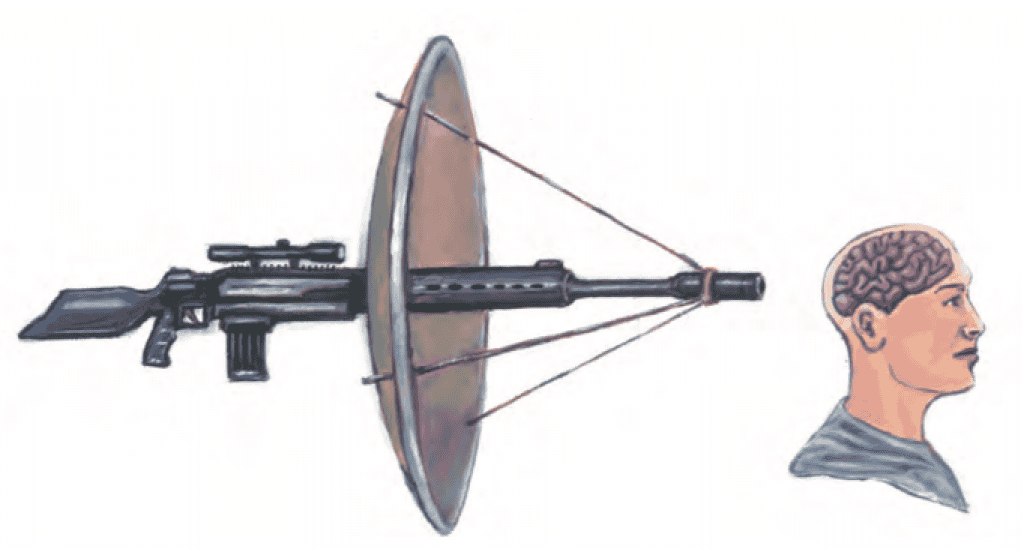
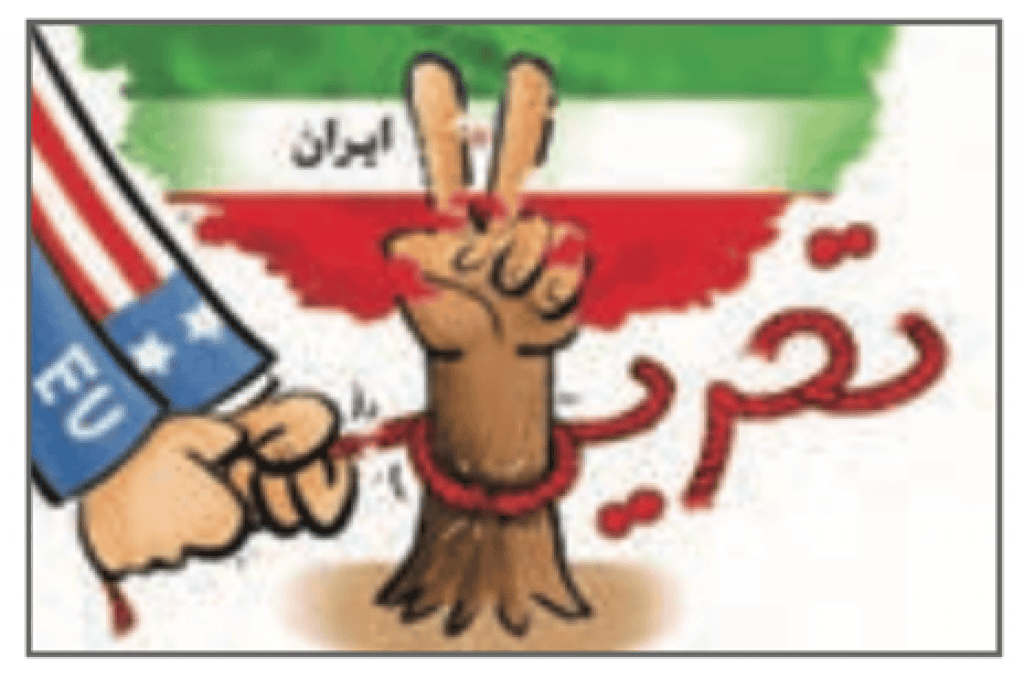
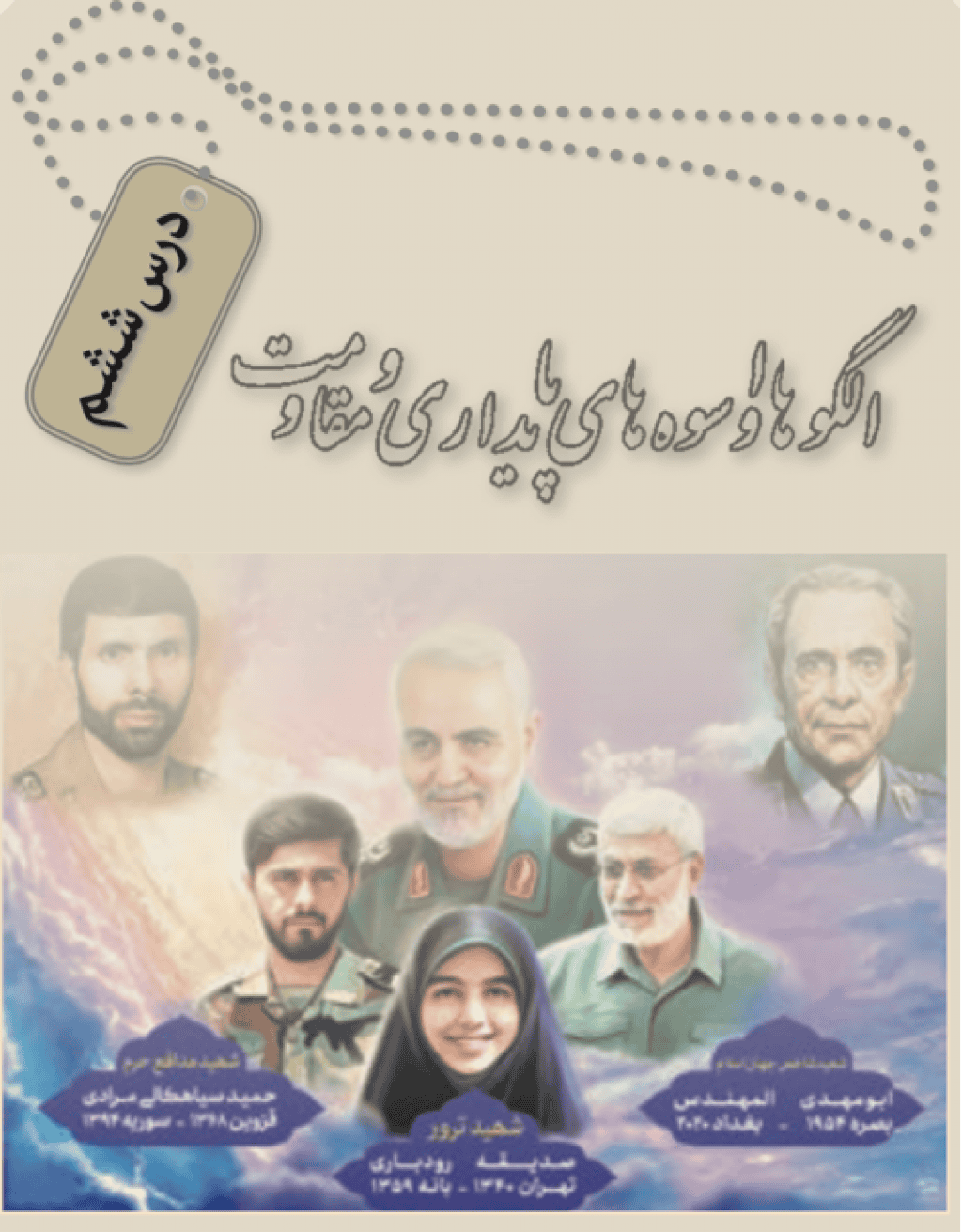
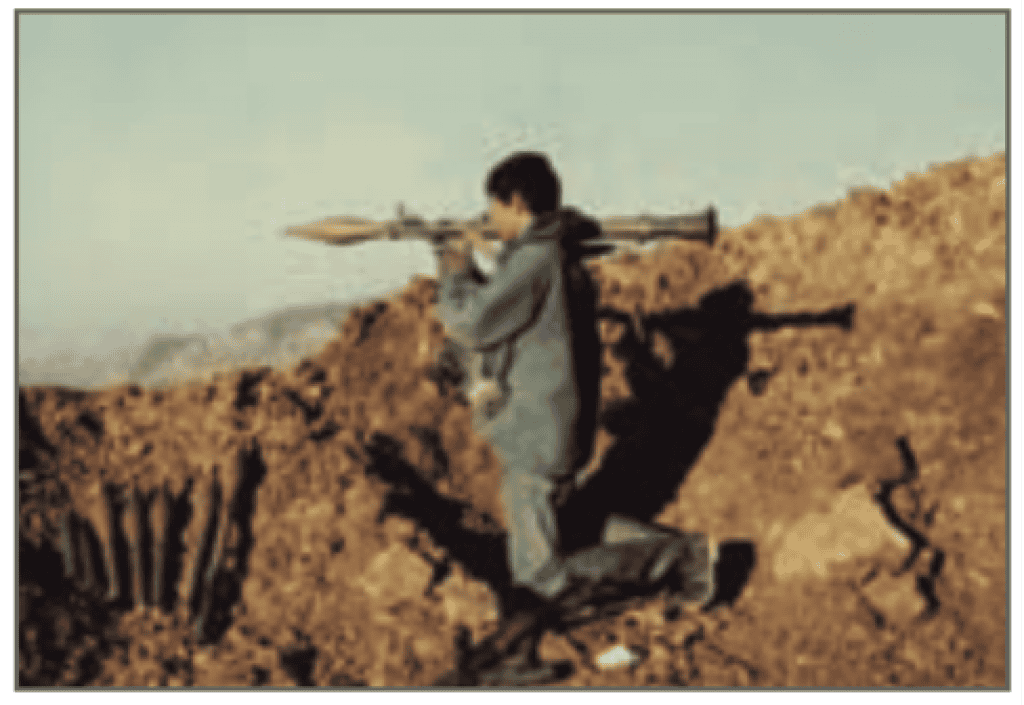

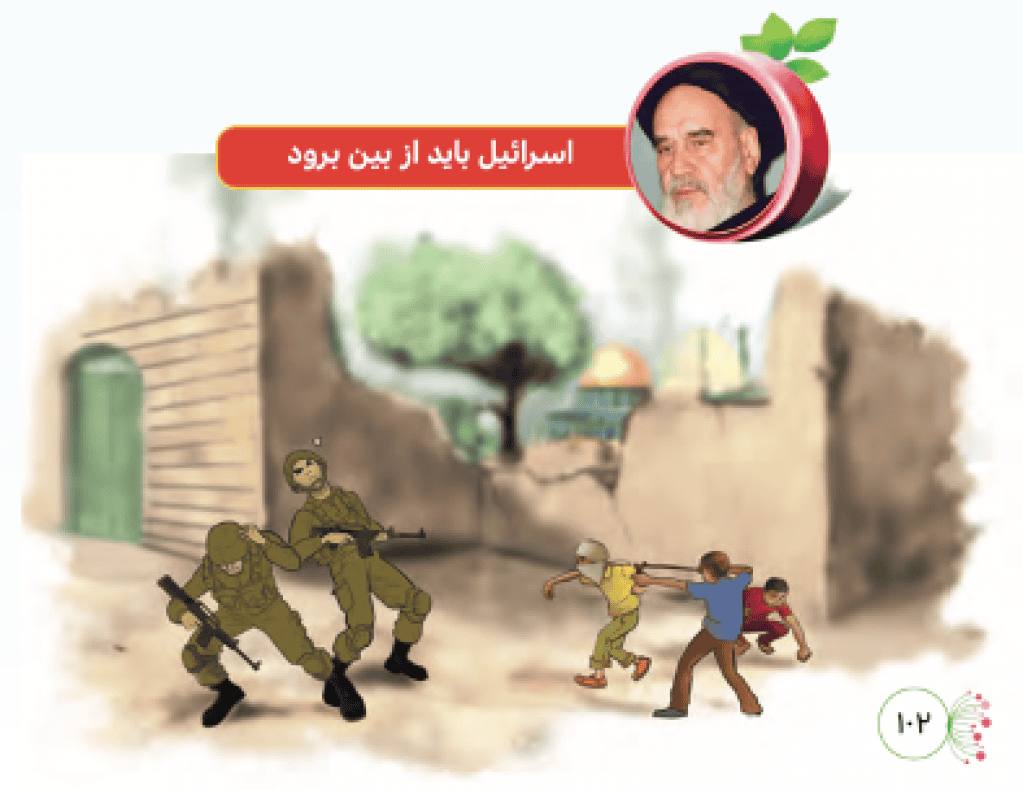
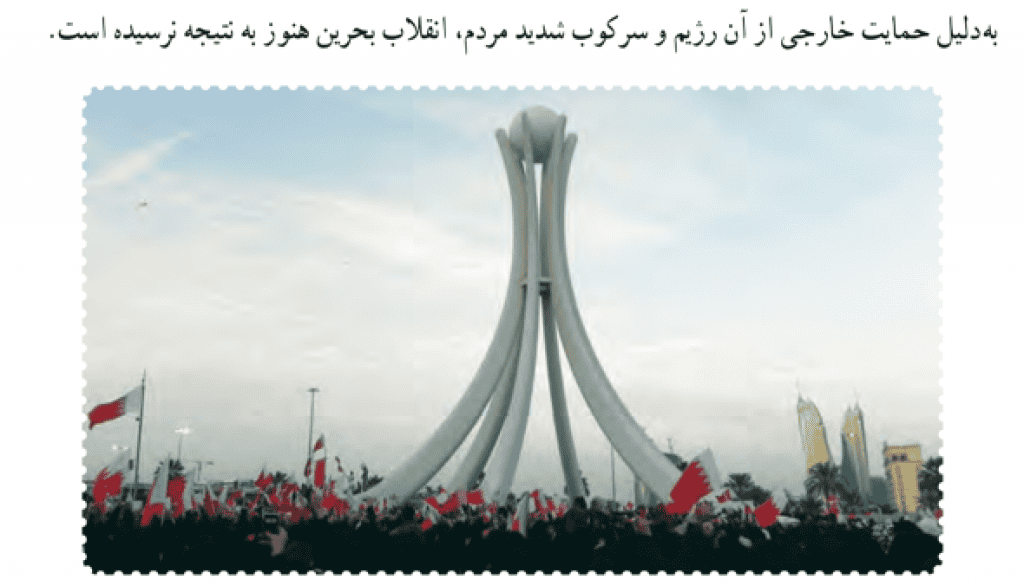
:quality(70)/cloudfront-us-east-1.images.arcpublishing.com/archetype/Y2BAQGQL3NCELA77UIUVGUEJRQ.jpg)
/cloudfront-us-east-1.images.arcpublishing.com/mco/Y2BAQGQL3NCELA77UIUVGUEJRQ.jpg)



